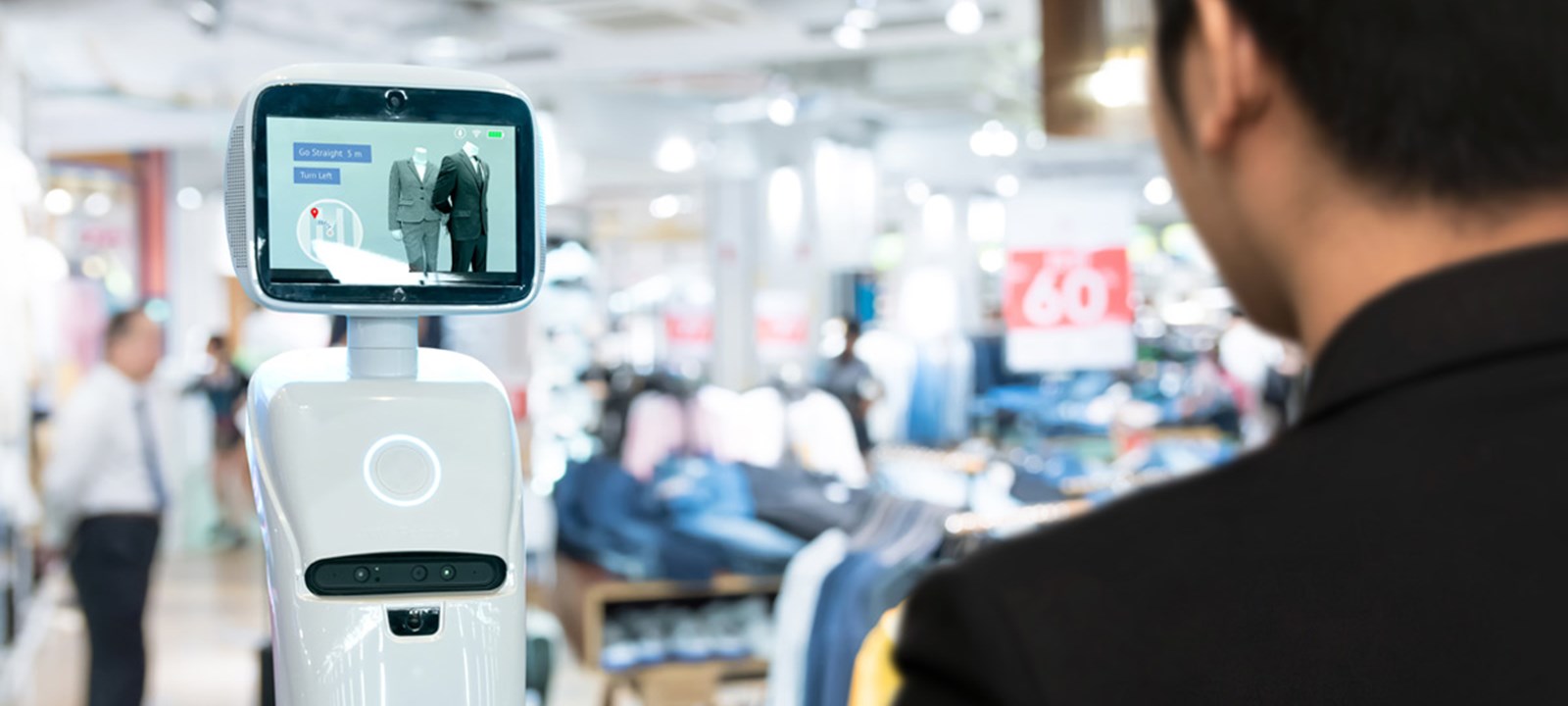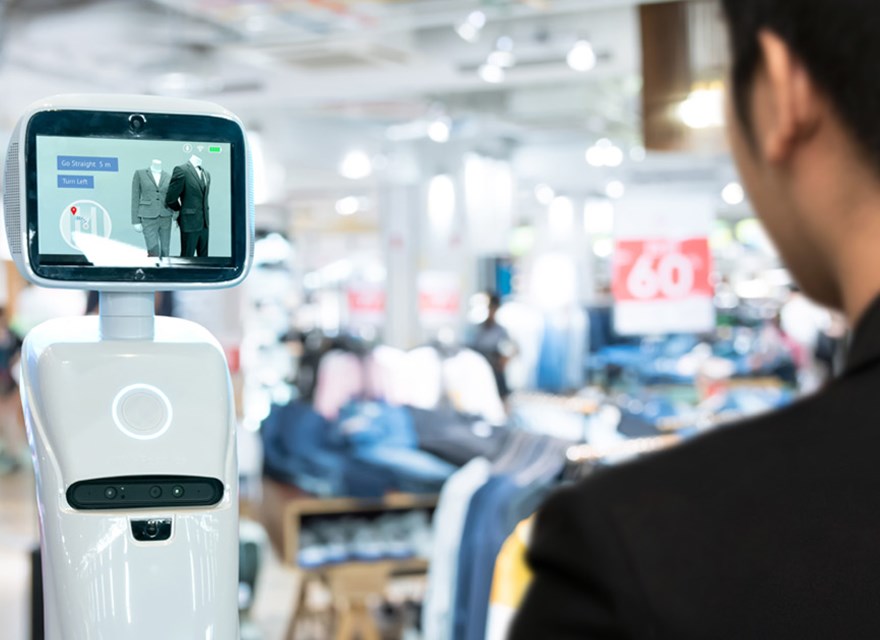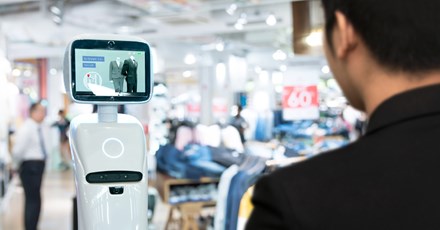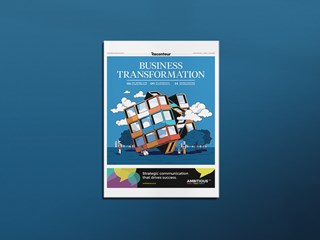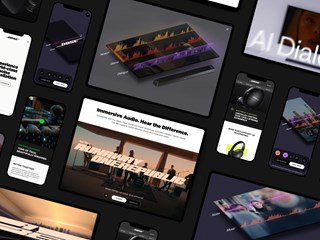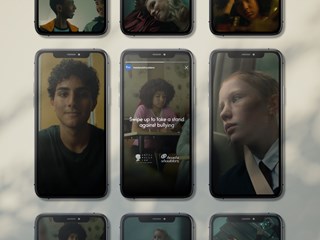februari 26, 2019
Top 5 Major Trends in Retail
This year marked my 10th time attending the National Retail Federation (NRF) Retail's Big Show in New York City; while at the show I noted this year that optimism regarding the future of retail is back. Each year, it is amazing to review the new transformative disruptions that vendors, creatives and retailers alike add to the industry. My three days were well stocked with technology demos from known tech giants all the way down to rising startups. Every detail is ironed out, from supply chain, warehouse management, last mile delivery, to store management and e-commerce websites.
NRF attendance is a must for retailers looking for new innovative technologies and future trends. Here are my 2019 top five future of retail innovations to have in mind when drafting your transformation plan.
1) 100% visitor check-in in stores, and 0% checkout time
Amazon Go is a concept store that models a non-traditional marketplace. I anticipate this grocery concept will evolve and expand to include non-food categories. I think it's a trend that could apply to any retail genre, sporting goods, DIY or fashion.
This technology will be revolutionary when applied to nonfood items, where conversion rates are 20 to 40% maximum. With this approach, retailers will be able to engage with 100% of their visitors – and that's a huge potential value stream that is still relatively untapped.
2) Progressive Web Apps (PWAs)
This is another trend emerging and maturing. It's a technology that is designed to offer a mobile app experience without the mobile app – i.e., there is no download requirement from users. The technology is a game changer for most retailers who have not been able to build and distribute successful apps. It is a wonderful opportunity for them to enable customers to use their phones in-store for an augmented experience.
With PWAs, retailers can offer more than a generic mobile website in store, ie. a given store’s specific website. As soon as customers geo-localize themselves or use the in-store Wi-Fi, they'll have a local digital experience specific to THAT store.
3) Conversational Artificial Intelligence (AI)
Innovative customer service is coming... Conversational AI is erupting all over, whether it's by Google, Amazon, Microsoft or Apple. The technology is now mature enough for customer service usage on a large scale. It‘s an opportunity for a true 24/7, low-cost channel, with positive impact on customer satisfaction and enabling to keep traditional customer service centers’ cost under control.
Conversational AI isn’t all about the BtC bot. It can also facilitate sales staff’s back office task. It should become attractive to mass-market retailers, but also for high-end luxury brands use cases.
Historically, when customers visited retail websites, brands were dependent on predictive analysis to provide an attractive experience. With conversational AI visitors are asked direct questions like, "What are you looking for? What are your needs?"...etc. I anticipate this specific kind of interaction will enable to collect real time highly valuable information and may soon dominate traditional behavioural data collection methods.
Suddenly, the margin of error is washed out. Knowing precisely and in real time what customers are seeking could be a serious game changer for consumers and retailers.
4) Community-Based Selling
Affiliation has been around for a long time, but the dream of retailers may be appearing around the corner: incurring limited to no fixed selling costs while communities sell their products.
IKEA, for instance, bought TaskRabbit in 2018. TaskRabbit is a community of people who make money by helping their neighbours on a variety of tasks, in particular to build furniture. IKEA discovered that a significant part of the TaskRabbit activity (approximately 20% and up to 40% in some cities) performed by TaskRabbit members is actually assembling IKEA furniture. IKEA made a smart move by taking over that community. It's securing a key service to their customers who bought furniture, with no fixed costs for IKEA.
Providing a marketplace of services is not a new thing, yet many retailers have not engaged in offering services to their customers due to low margins.
Will IKEA commission TaskRabbit members for selling IKEA products after assembling a piece of furniture, is now the question. The opportunity is obviously there…
5) Analytics
Finally, I think this is the first year where dreams will start coming true in terms of analytics – specifically, having one single tool to capture and monitor customer or visitor behaviour on both online and store channels.
For the last 20 years, retailers have been wanting a detailed picture grasp of each touchpoint. On e-commerce, tremendous progress was made on understanding where visitors were coming from, what they were doing on the website, and which ones converted, didn't convert, were re-targeted successfully, and now it is coming to the stores, and to monitor omni-channel behaviours and performance. And these technologies are cost-effective for recording mass data with GDPR compliance.
With nearly two decades in C-level positions in retail, I’ve experienced the breadth and depth of changes the retail industry has undergone. Today is even a more amazing time to be part of retail, and we are eager at Valtech to help retailers capture the best of these trends, and help them shape the successful future of their companies in the coming years.
